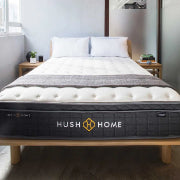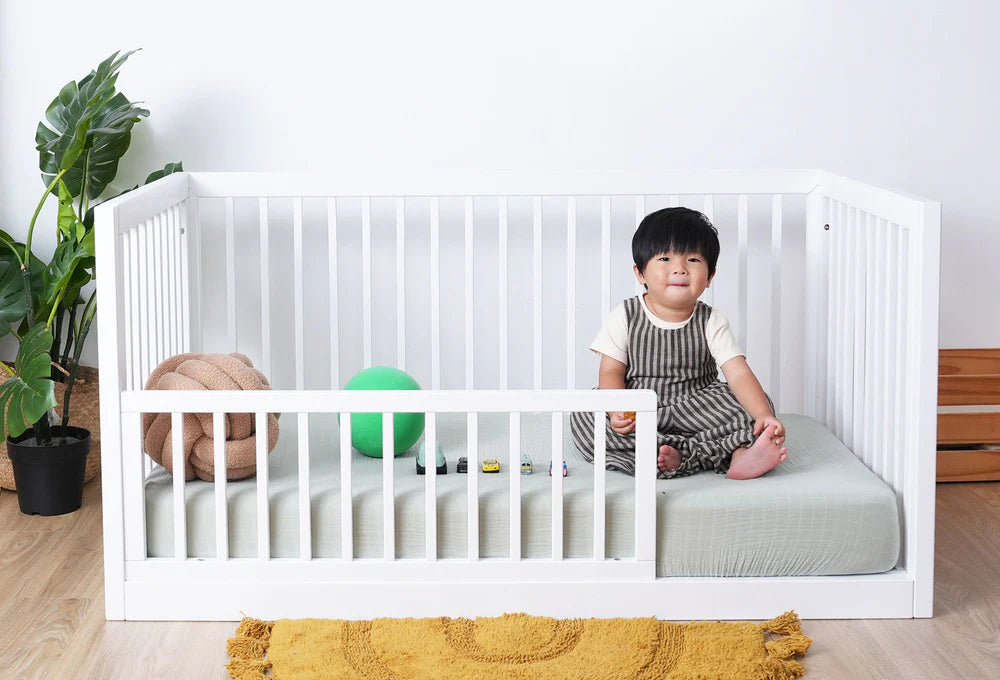Mother's Day Sale ♡
➊ UP TO 30% OFF
➋ Pillows & Sheets: BUY 2, SAVE 35%
Sale ends May 11 ▹ Shop Now!
✦ ENDS IN
days
hrs
min
sec
Mattresses


All
Pillows


All
Bedding


All
Baby & Kids


All
Gifts


All
A good night’s sleep starts with little good things.
Shop Natural


All
About


All
Please wait while we process your order







































